Since the hammock camping cottage vendor community of necessity must address the needs of as large a group of individuals as possible in order to make their businesses not only profitable, but viable as well, this dynamic is repeated in microcosm. The greater majority of hammock campers are weekend or long distance backpackers located on the East and West coasts, primarily in northern tiers of those states. This means the majority of products offered are aimed at individuals to whom Weight is of the greatest consideration, and who can expect to use these products in climates that stay cool to cold with low relative humidity for the greater part of the year (Washington State being a notable exception as regards humidity). Individuals south of the Mason/Dixon line, primarily those on the Gulf Coast, find themselves having to adapt or accept some products that were not designed primarily for an annual climate that is warm to hot with a relatively high humidity (as well as higher rainfall intensities and frequencies). Likewise, Expedition Hikers and Hunters who use hammocks as their primary shelter find themselves having to choose products with Durability and Functionality (and adaptability) that is less than what they would desire.
A post on Hammock Forums regarding using a Kifaru Woobie/Doobie
as an underquilt is an example of the conundrum as regards Expedition Hunters. It became immediately apparent to me that the Doobie would
not be adaptable as an underquilt without a lot of DIY work as there is
no provision on that product for a suspension or cinching of ends, and
it lacked the edging and ties that makes the military issue Poncho Liner (which it emulates)
so adaptable as a warm weather under or top quilt. But I did see that a design I was working on could be adapted quite easily to
achieve the desired results. I posted the following pictures of the quilt I was working on at the time to that post:
The original idea was to create a quilt that could not only be used as either a top or bottom quilt, but one where different thicknesses of synthetic insulation (Climashiled APEX) could be snapped together to increase the insulation value, and would mimic the functionality and adaptability of the military poncho liner for other uses. Having been in the military for eleven years I was intimately familiar with the "Woobie" and its many uses. My thinking at the time was to make a system with 3 under/top quilts and one lightweight top quilts that would address all climate conditions I might encounter in my weekend backpacking on the Gulf Coast. Bruce Carter, who made that original hammock forums post was intrigued by the concept and we entered into an email exchange where I presented him with various options on materials and insulation, much of which was kind of over his head. It wasn't until he gave me this description of what he needed that true inspiration struck:
The original idea was to create a quilt that could not only be used as either a top or bottom quilt, but one where different thicknesses of synthetic insulation (Climashiled APEX) could be snapped together to increase the insulation value, and would mimic the functionality and adaptability of the military poncho liner for other uses. Having been in the military for eleven years I was intimately familiar with the "Woobie" and its many uses. My thinking at the time was to make a system with 3 under/top quilts and one lightweight top quilts that would address all climate conditions I might encounter in my weekend backpacking on the Gulf Coast. Bruce Carter, who made that original hammock forums post was intrigued by the concept and we entered into an email exchange where I presented him with various options on materials and insulation, much of which was kind of over his head. It wasn't until he gave me this description of what he needed that true inspiration struck:
I am packbacking thru the Alaskan wilderness hunting moose carrying a 14 day supply load in a Kifaru Timberline Duplex 1 pack with archery and lever 45-70 govt rifle for bear protection. My sleep system already weighs 10lbs. I know, I know...****! But that's my choice because I sleep warm and toasty even if I and all my gear is soaking wet. (Wiggy's Freedom Shelter bag). But the black Wiggys bag if worn poncho style might buy me a bullet from some idiot with poor eyesight thinking I'm a bear. So I am thinking "Okay...I don't wanna get shot by a gun hunter, what's a lightweight alternative that will serve dual use?"
Bruce wanted the kind of functionality that a poncho liner and poncho would give him for shelter in emergency situations, that could also serve as a blind from which to conceal himself for hunting elk, buffalo, and other big game that could also function as an underquilt. I was designing a sleep system with the Gulf coast in mind. That's how the Underwoobie came to be born.
 | ||
| WW2 Army Shelter Halves As A 4 man Shelter |
 |
| WW2 USMC Poncho--Snaps All Around |
 |
| Current Issue Army Poncho Liner
What I've tried to do is to combine the best feature of a shelter half: adaptability as a one, two or four man ground shelter, with the water resistance of a poncho, and the insulation qualities of a poncho liner, with use as an Underquilt, Topquilt, or ground quilt. Every noob who comes into a hammock forum will soon find out that a poncho liner can be quickly adapted as a warm to cool weather underquilt and DIY guides abound. Its insulation abilities are limited, however, so I decided to use Climashiled APEX in order to have a quilt that will work in 90% of the weather one can expect.
So here it is, The Underwoobie.
In order to achieve the durability that Bruce was looking for with water resistance, wind resistance, and durability that Bruce demanded, outer shell: is composed of Duro Epsilon in a MultiCam pattern licensed to Duro by Crye. Not only is it lightweight (1.5 oz/yd), it is extremely strong and abrasion resitant, but its soft to the touch and would make an excellent inner shell as well. It measures approximately 60" wide by 84" long, making it a full length Underquilt.
I made mine using 1.1 uncoated ripstop in MarPat . Bruce wanted more durability in his inner shell, so his was made with a 1.9 DWR in Ranger Green. Mine comes in at about 2 1/2 pounds with suspension, Bruce's a bit over 3 pounds. The design mimics military shelter halves and ponchos in that any one Underwoobie can be snapped to another one to make a two person sleeping bag, or a one, two, or four person shelter.
There are three rows of snaps on each side, two on the outer shell, and one on the inner shell. This allows the side and end channels of the underquilt to be used as a storm flap when making a top quilt or sleeping bag
Grommets at the centerline of each side and all four corners allows the Underwoobie to be used as a one man shelter when used alone, or snapped together to make a two man shelter as a military shelter half would. Since the Underwoobie is intended to have more functionality than just an Underquilt, it has a four piece suspension. In addition to the normal shock cord cinching arrangement at the end channels, each side channel contains one length of shock cord rather than the loop found on most underquilts. Rather than adjustment at one end through one cord lock, adjustment is made on all four corners using a double cord lock. When stored in the pack, or used as a shelter, quilt, or serape, each end of each channel provides for stowage of the shock cord
The 7 foot long Underwoobie hung beneath my 12 foot hammock.
As a top or ground quilt, it can be used with cinched foot box Or folded in half to make a side snap sleeping bag It can also be used as a serape in colder weather
And it does not interfere with using the hands and arms
Temperature ratings for underquilts and sleeping bags are a very subjective judgement that is dependent on many factors. I can tell you that as a 61 year old man weighing 215 pounds that an Underwoobie with a 1.1 MarPat inner shell is comfortable down to 40 degrees, and usable to 30, but that is based on my personal experience. I have retained the ability of two Underwoobies to be snapped together to increase insulation effectiveness. |



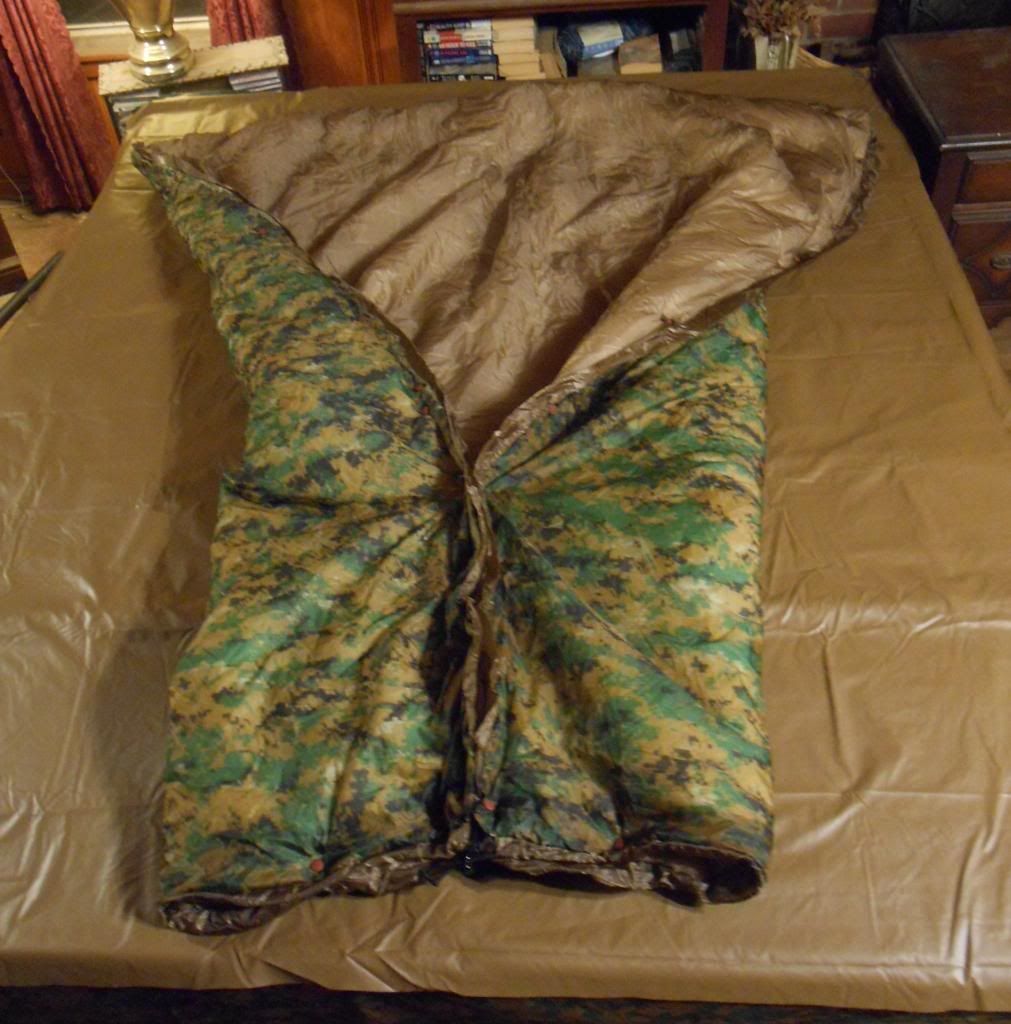

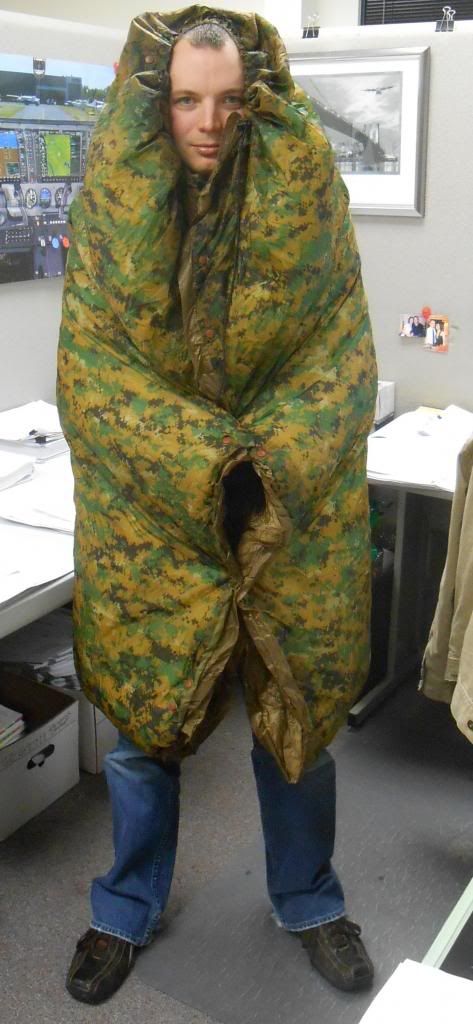
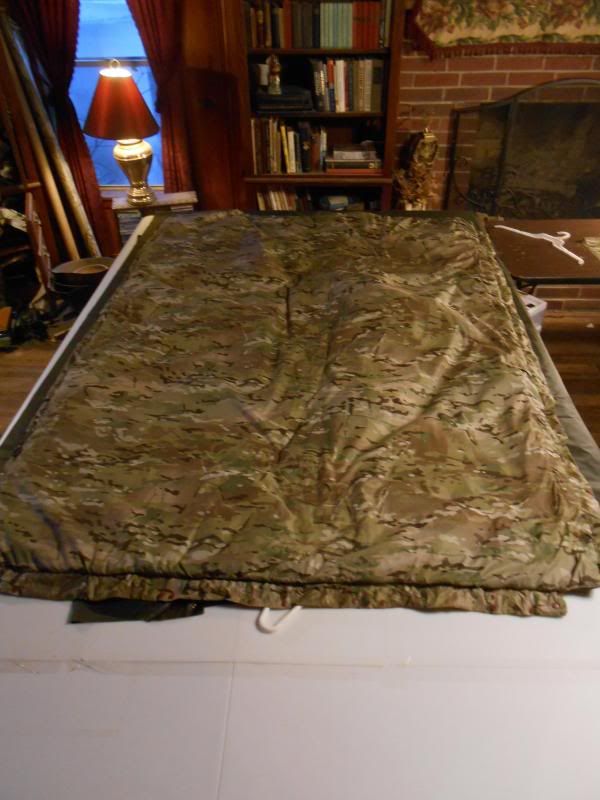
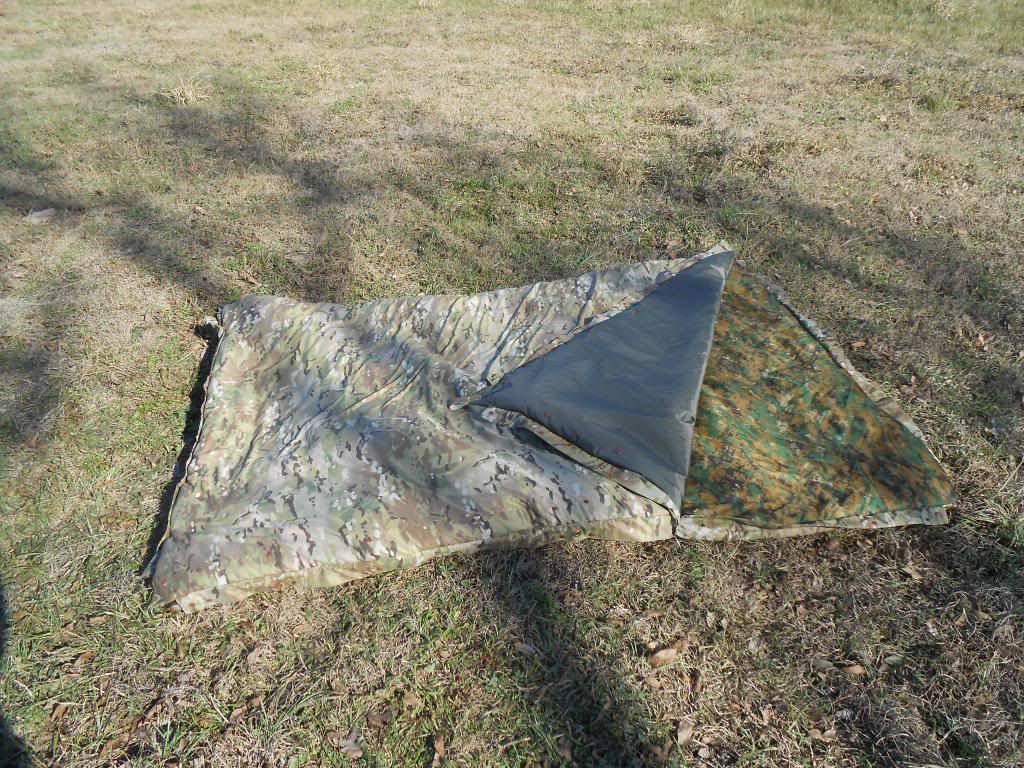
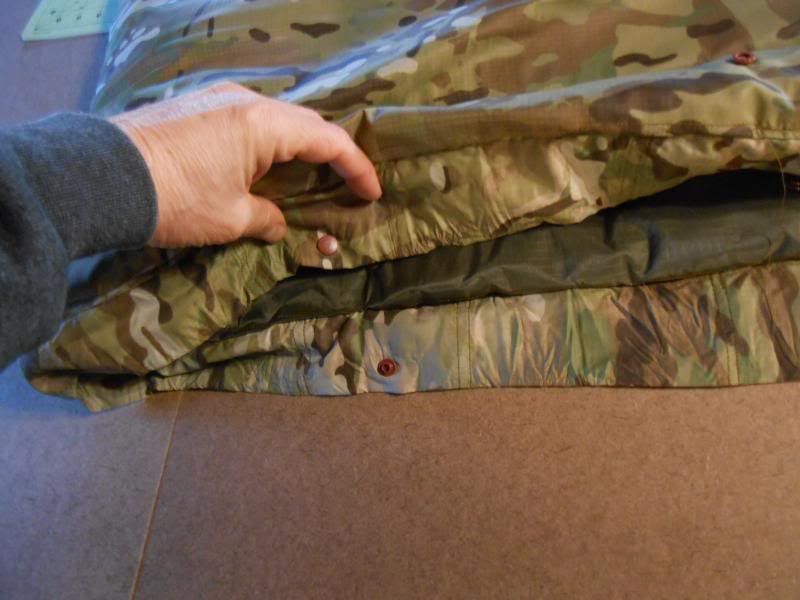
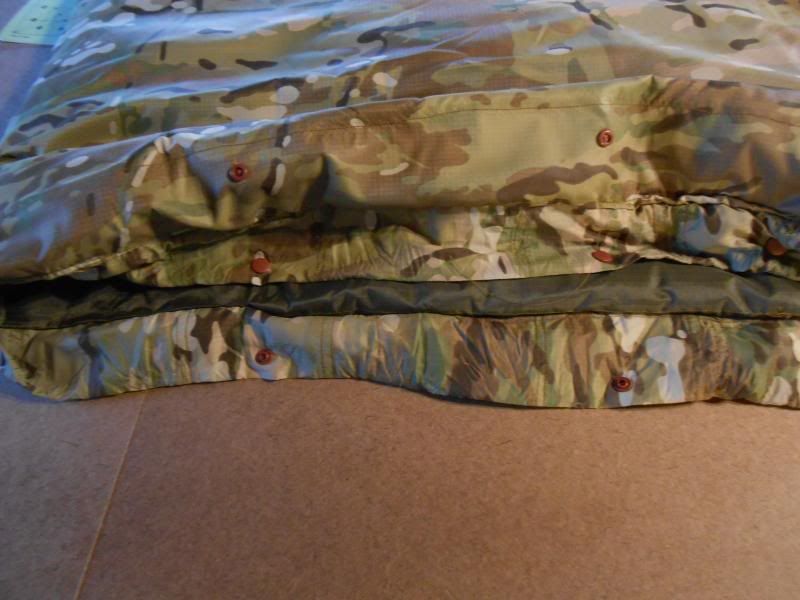
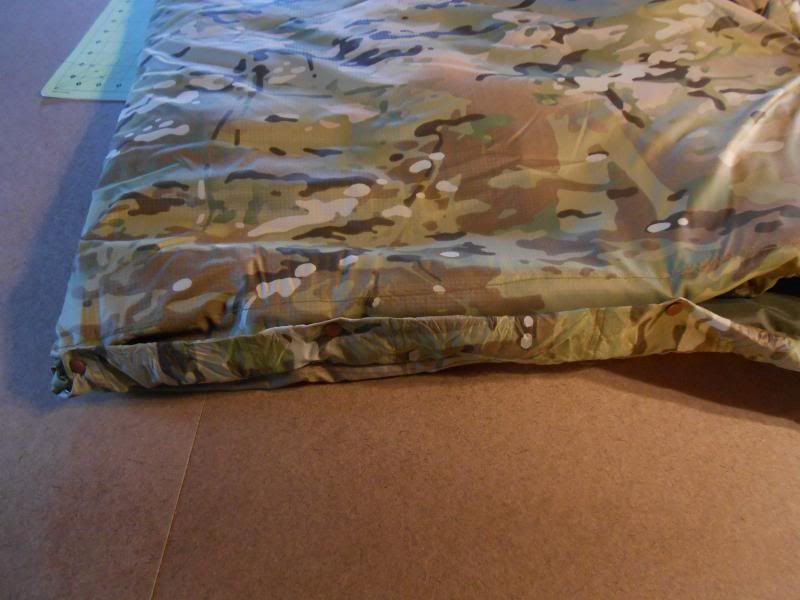
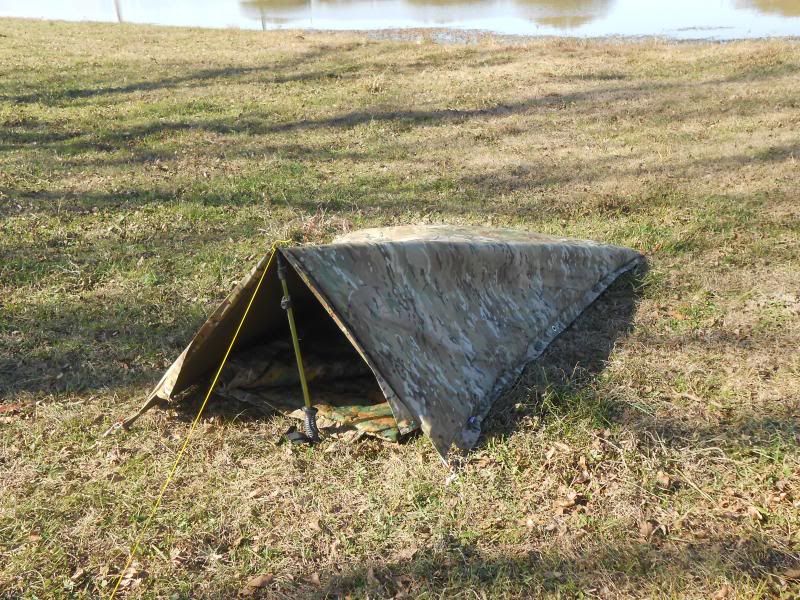
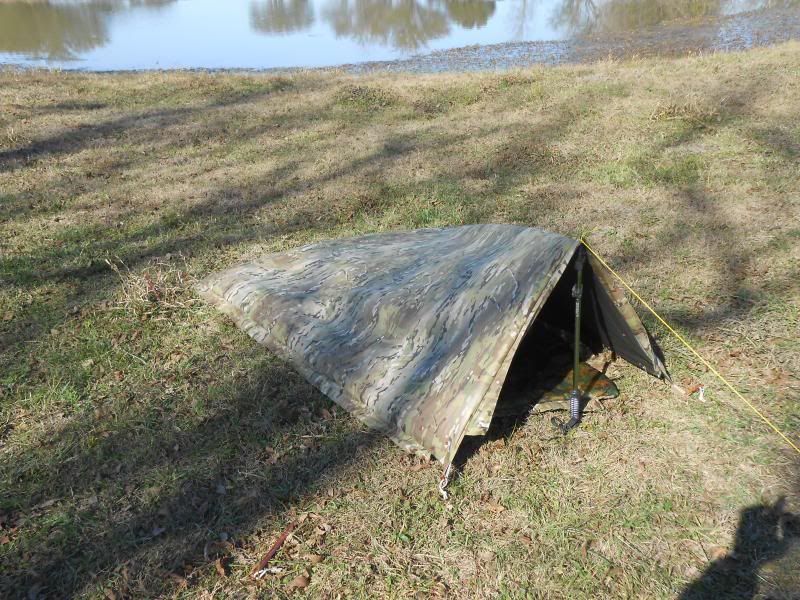
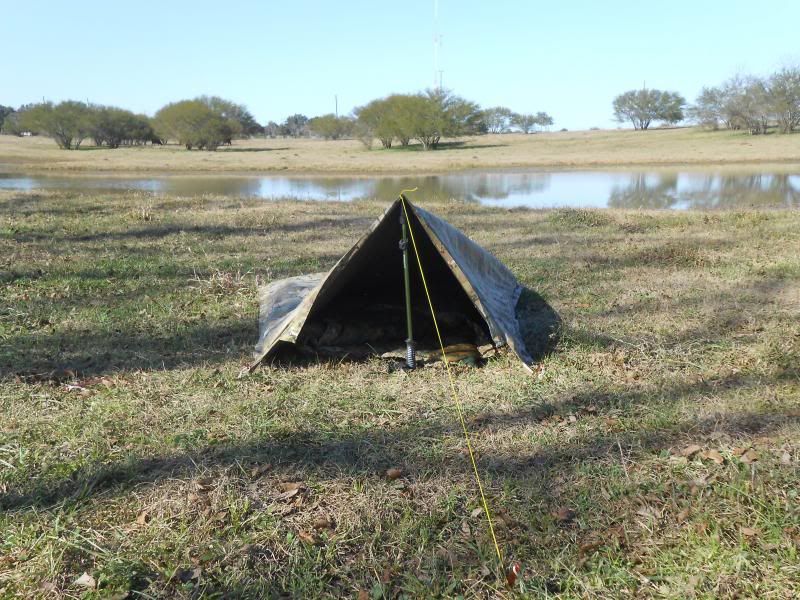
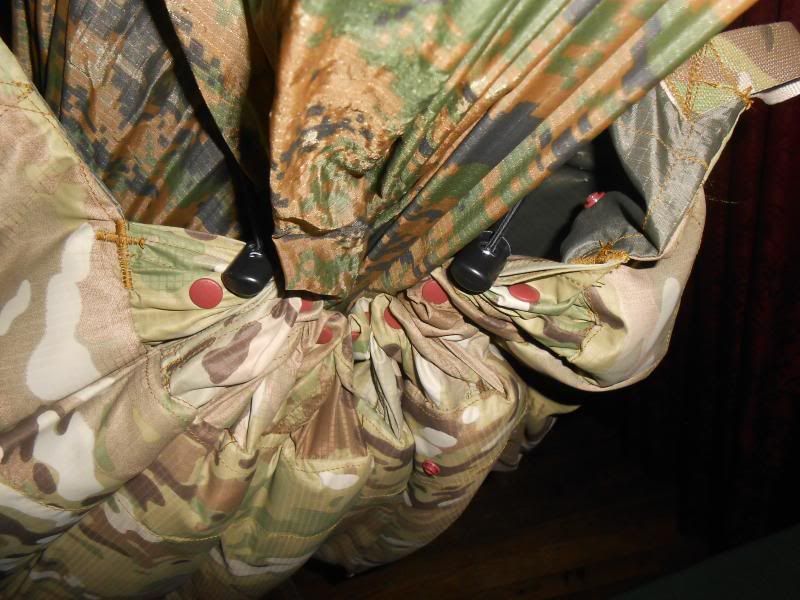
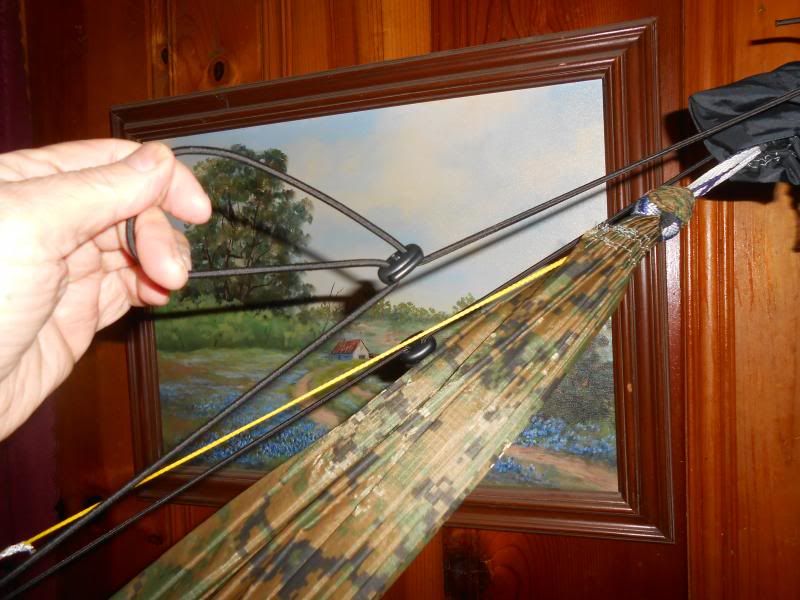
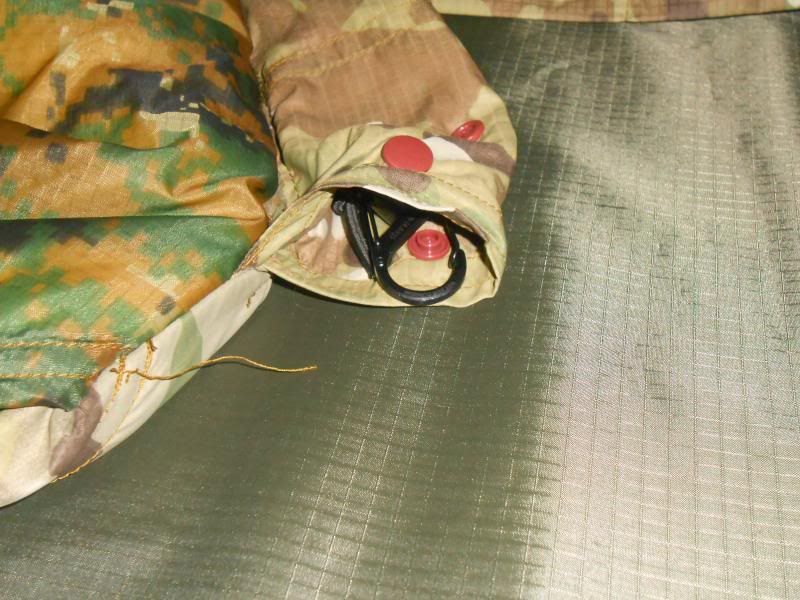
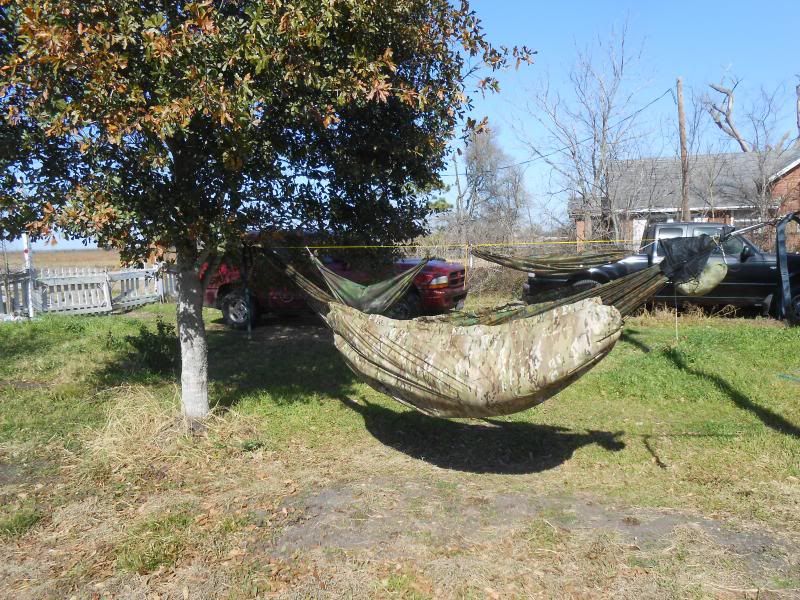
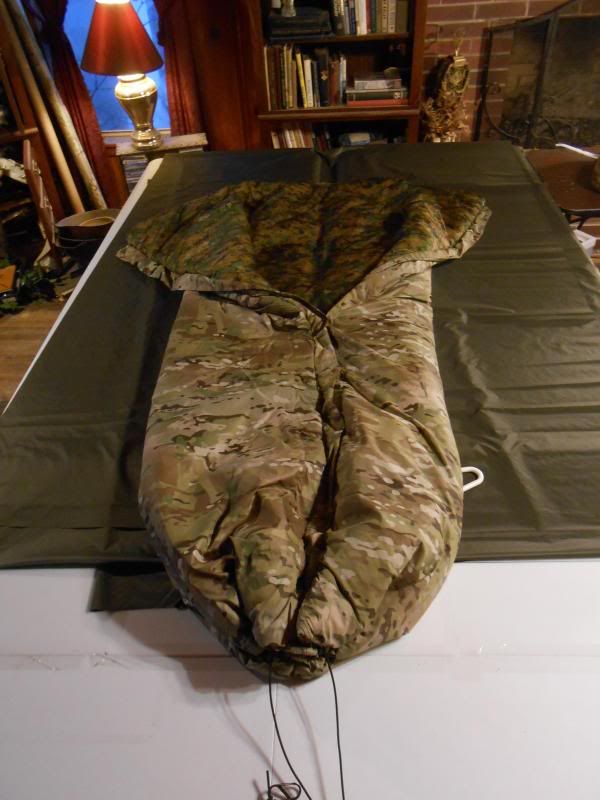
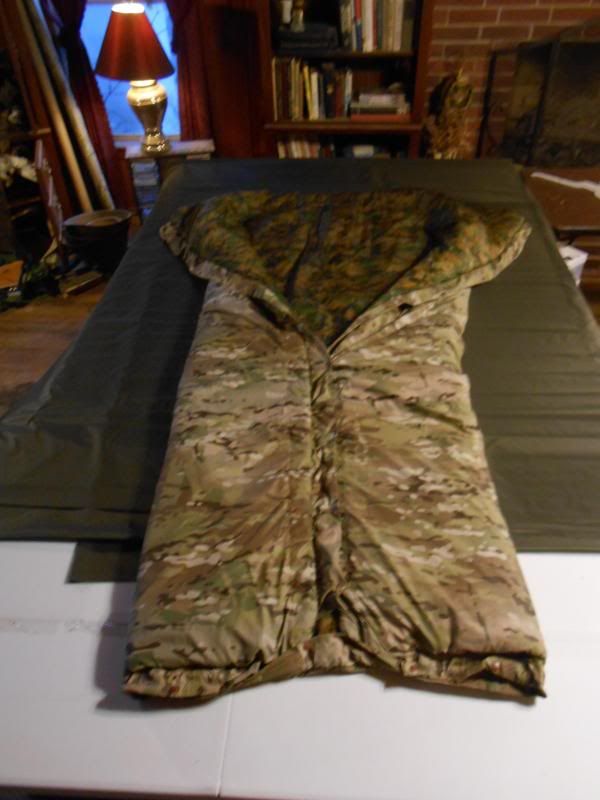
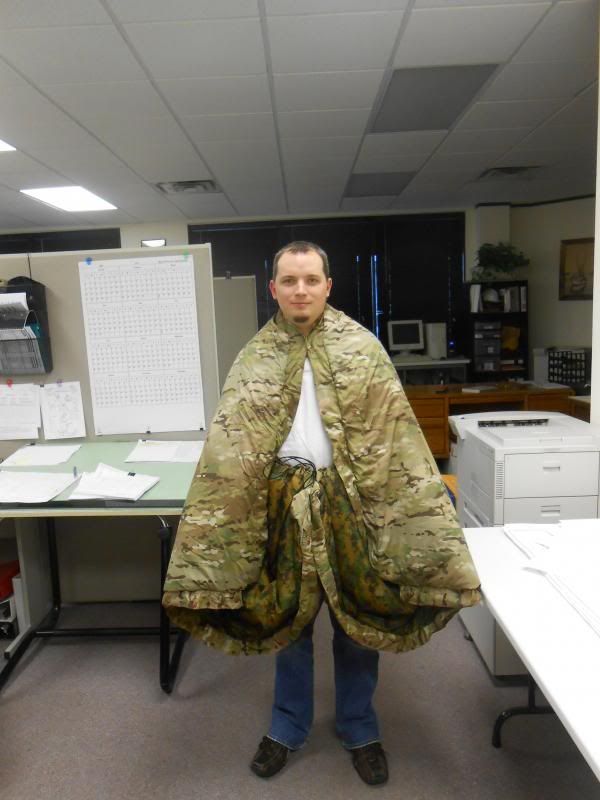

That’s really so good to visit this site, the blog has helped me a lot in my thesis, before I was quite worried to clear my concepts, thanks. click here
ReplyDeleteHammocks have been used on spacecraft in order to maximize available space. During the Apollo program, the Lunar Module was equipped with hammocks for the commander and lunar module pilot to sleep in between moonwalks. outdoor hammock
ReplyDelete